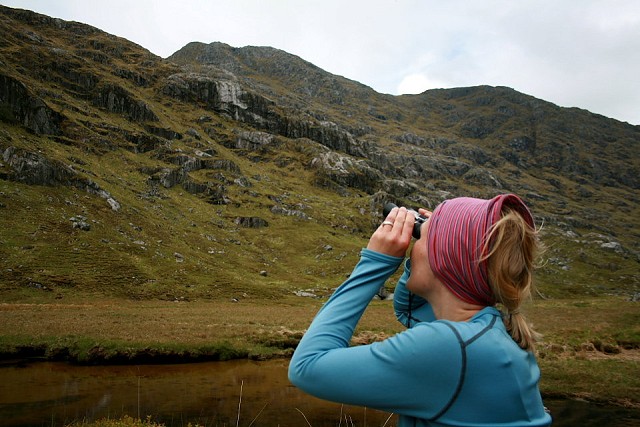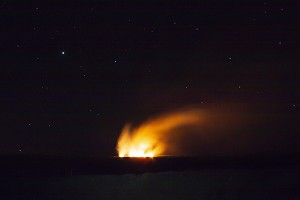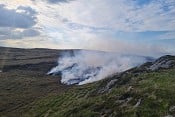
An initiative aimed at conserving the hen harrier is being launched in Scotland today, and includes a call for hillwalkers to keep an eye-out for these persecuted birds.
Scottish Environment Minister and chairman of the Partnership for Action against Wildlife Crime (PAW Scotland) Paul Wheelhouse is urging bird-watchers, land managers, hillwalkers and other members of the public to report sightings of hen harriers.
People are being asked to record details of gender and behaviour, and the place, date and time of sighting. This will help to build valuable information on these birds in order to conserve them more effectively.
Mr Wheelhouse said:
'The hen harrier is one of Scotland's most fascinating birds of prey – with the male's skydancing display one of nature's great sights. In the Year of Natural Scotland people deserve to see the best of our wildlife whether they are on holiday, or simply going about their day-to-day activities. Unfortunately these birds are not thriving in some parts of Scotland where we know they would find a suitable habitat and we are determined to take action to conserve them. This initiative will raise the profile of the hen harrier to provide us with important information about their activity and location, and I hope people across Scotland will join the efforts to conserve this alluring bird for future generations.'
Scotland has the bulk of the UK's hen harrier population, with about 500 pairs as of 2010. They're found mainly on moorland, but in many areas they are now struggling to breed, or are absent entirely. Elsewhere in the UK hen harriers are faring even worse. Factors accounting for the decline include land use changes resulting in losses of moorland nesting habitat and feeding range, predation of eggs and young by foxes, crows and other predators, and illegal persecution.
PAW Scotland is keen to hear about any sightings of hen harriers made by walkers, bird watchers and others - even if you're just looking out of a bus or train window at the time. Details of how to participate in the initiative are available on the PAW Scotland website.
For those who aren't already keen twitchers, identification tips include:
- The male is grey above, white below, and with black wing tips. The female is much larger, and brown with white streaks below.
- The male performs a spectacular looping skydancing display to entice a female to mate with him (well, wouldn't you if you could?).
- The male often feeds the female by flying close to the nest and then summoning her to leave the nest, fly toward him, and then back flip to catch the prey dropped by the male, from above.
Scottish Natural Heritage (SNH) will record the information provided by members of the public.
Ron Macdonald, Head of Policy and Advice at SNH, added:
'The public can be of great help by reporting sightings and helping us build a picture of the reasons why these birds aren't doing as well as we would expect. Using sightings from the public, we can assess whether to use some of the new technology at our disposal such as satellite-tagging or camera monitoring, or even where necessary share information with the National Wildlife Crime Unit. We do want people to bear in mind though that these birds are specially protected under the law and nobody should approach hen harrier nests or disturb the birds without a licence from SNH.'
PAW Scotland is working to prevent wildlife crime, and it is 'particularly determined' to stamp out illegal persecution of birds of prey. If the public see anything suspicious involving wildlife, they are advised to report it to the Police.













Comments